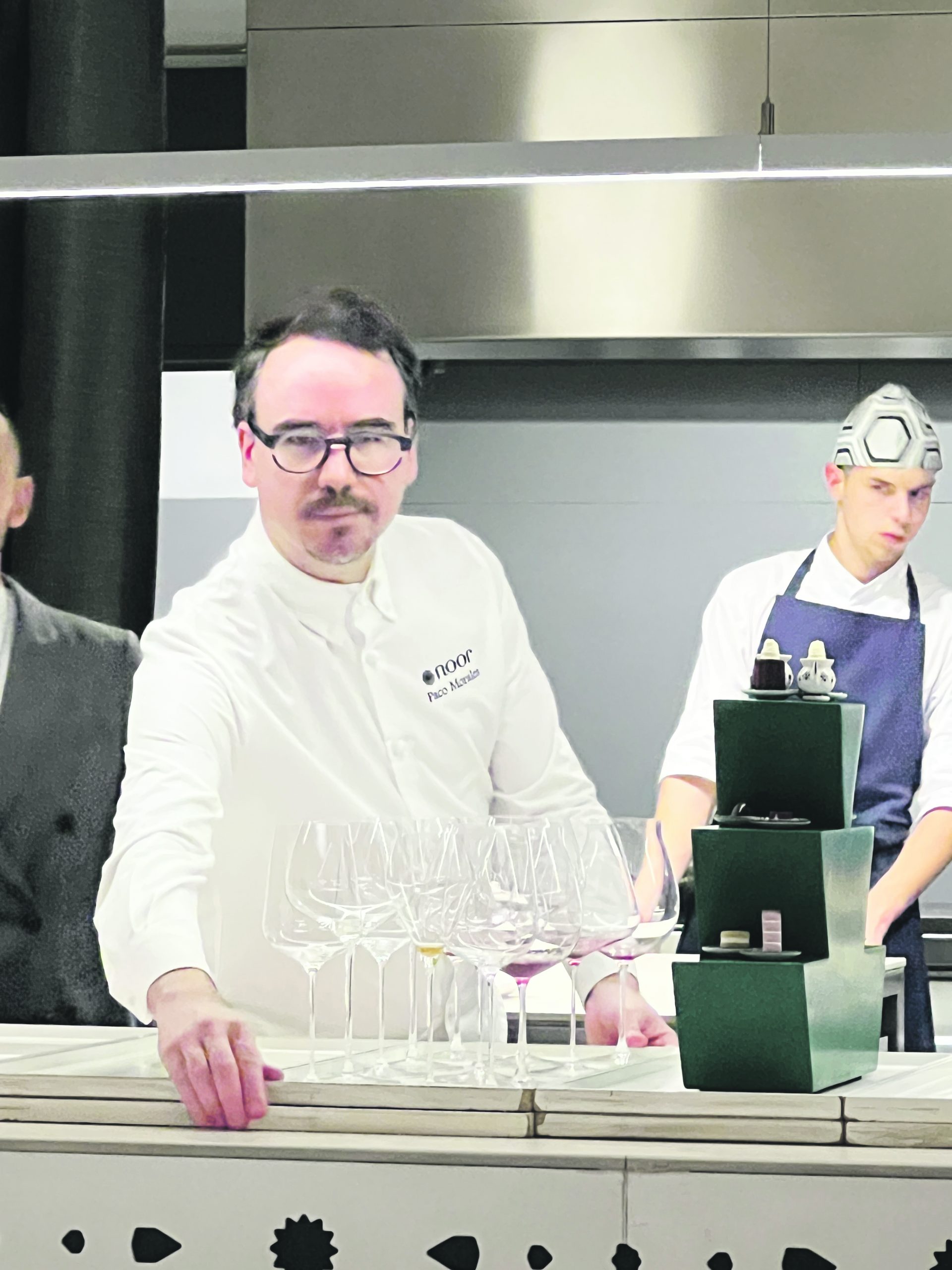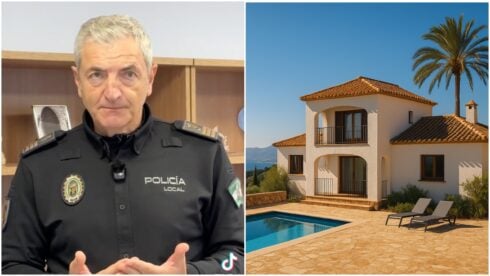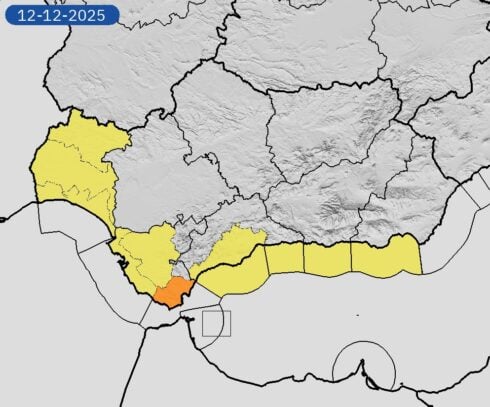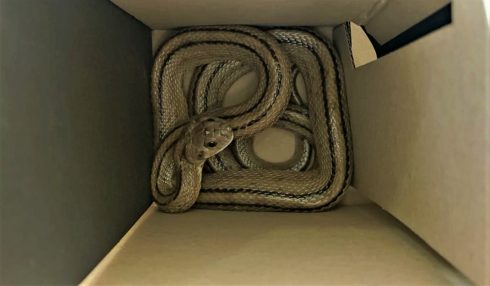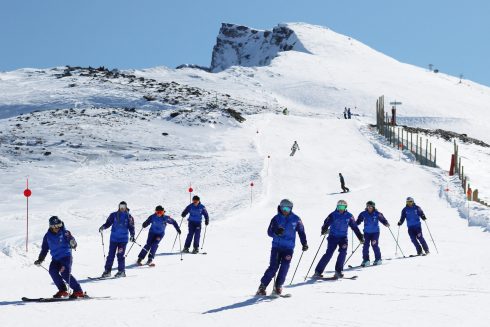HALF science lesson, half history, a meal at Cordoba’s culinary science lab, known as Noor, is an essential journey for anyone interested in Spanish food.
Very much the rising star of Andalucia’s culinary scene, its eccentric boss Paco Morales is easily up there with the most intellectual chefs of his time.
Managing to create an extra dimension to his recipes, a meal at Noor is much more than just an education for the palate.
It is not for nothing that he has just seen himself jettisoned into the World’s Top Chefs awards at a spectacular number 43.
Putting him among the dozen Spanish superchefs, it is restaurants like his that are the reason the country is now, definitively, the world leader in the culinary stakes.
Now into his seventh year of opening, he shows no signs of slowing up.
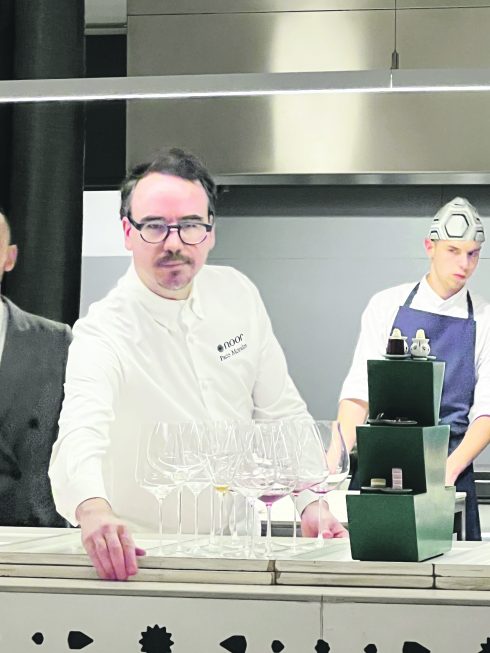
Alongside Andoni Aduriz at Mugaritz or Ferran Adria before him at seminal El Bulli (where he coincidentally trained), bespectacled Morales has found ways to completely push boundaries.
For starters, his ability of taking ancient Spanish recipes and giving them modern twists is extremely admirable, while each season he is moving a century nearer to the present day. This year, coincidentally, we have got to the 16th century, or the ‘edad de la luz’ (enlightenment).
You also have to admire how he has come back to the barrio of his upbringing, where he began his life as a cook in the roast chicken shop of his dad.
And you will most certainly be impressed with his attention to detail and how Noor is as much a cultural project transcending what a restaurant should be.
Like a choreographer inspecting his troup, Morales stands at the pass glowering at everything and everyone, which is unnerving enough for the diners, let alone staff.
Every dish is triple-checked before coming out and, make no mistake, this is a performance with Morales getting involved in every aspect of our meal at the two-Michelin star joint.
Despite having six waiters (all named on the honours board) he is continually popping up like Where’s Wally to serve and then explain a dish, and even dived in twice to top up the wine glasses.
Noor (meaning ‘light’ in Arabic) is certainly a place that guarantees something you’ve never experienced before.
The arrival alone on a poorly-lit suburban street somewhere in the Cordoba hinterlands was the first big surprise. We actually had to grill our taxi driver if he knew where he was going as we stepped out to a row of simple, single-storey terraced houses.
And there on the corner was exactly what I’d hoped for, a fabulous silver cube, seductively lit and resembling a nightclub with no windows, nor hardly a sign.
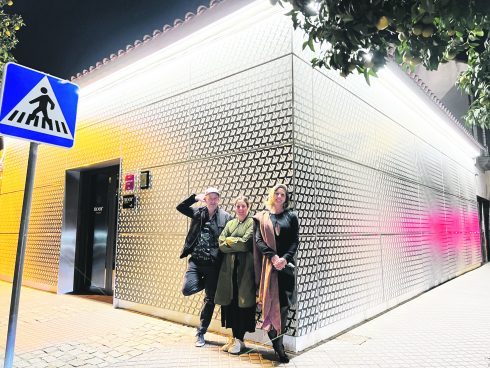
A door slides open and your adventure begins, firstly in a small corridor where your waiters take your coat and wash your hands pouring water from an Arabic copper teapot.
Suddenly you are thrust into the main dining room, which is deceptively small, but made to look larger with its unusual wood and eye-shape patterned ceiling.
There are only eight tables, which explains why we had to book months in advance and why, having secured a booking, we had up to half a dozen calls and emails from the management sorting out the fine tuning and our menus of choice. We also had to put a credit card down to guarantee our arrival. This is the way these days with proper fine dining, where margins are tight and no shows can cost dearly. It’s more than fair enough.
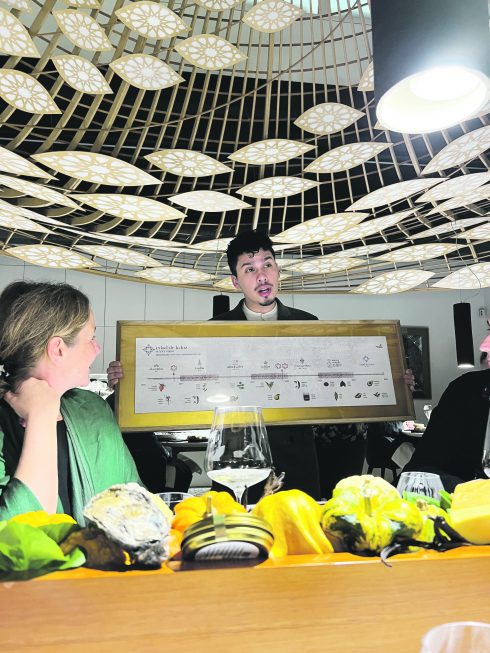
We had opted for the basic ‘bereber’ (or Berber) menu, which still counted on 11 courses, albeit one being the bread and another the petit fours.
Having reached the 16th century we were finding ingredients and influences from the new world, items brought back by the Conquistadores.
This meant that while earlier seasons were inspired by the Almoravid and Almohad periods (12th and 13th centuries) we should have now been getting products including potatoes, tomatoes, peppers or cocoa.
The truth is there was so much more going on, such as the ‘cuajada de khan’, the yoke of a free range egg, with capers and caviar, while the ‘karim’ of pistachio, came with herrings and a green apple sauce.
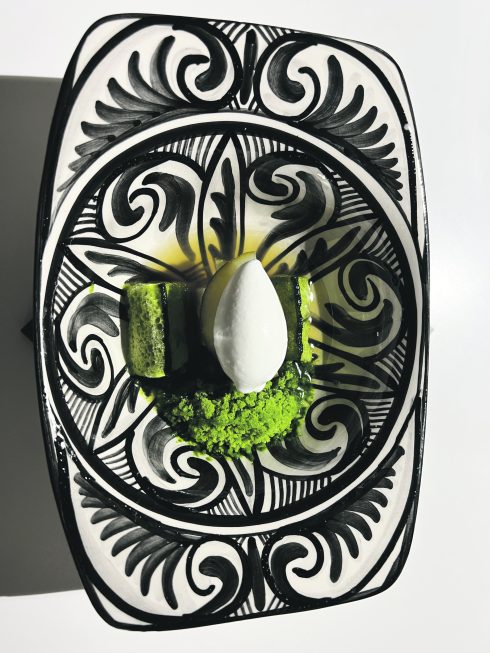
My personal favourites, despite looking like a dog’s dinner, were the main course of durum wheat pasta with eels and smoked butter, swimming in a lemon and black truffle sauce, while the roasted pigeon on a carob pate, with sage and black truffle was also a real winner.
The lemon ‘ceuti’ pudding with a mint biscuit infused with coriander and black pepper, should have been foul… but it was wonderful.
The attention to detail throughout was amazing, including the Christmas tree shaped holder for the petit fours, which actually resonated, I noticed, with the coping on top of the nearby Mesquita.
The wine list is almost as good as I’ve found in Spain, in particular, as there were at least a dozen interesting and varied wines from around the world coming in at under €30 which is extraordinary for a two Michelin star joint.
Nowadays always avoiding the so-called ‘maridaje’ or pairing, which so rarely work for me, we chose an excellent Godello from Valdeorras for €26 and a superb basic Pinot Noir from Morey St.Denis, in Burgundy at €38.
It was not a heavy meal and the end result was an incredible €115 per head, which must be the best value leading restaurant I’ve ever eaten at.
READ MORE:
- Two tables: Review of Deessa, Quique Dacosta’s new Michelin starred restaurant at Madrid’s Ritz Hotel and buzzing La Burlona…
- Guests at two-michelin starred Atrio restaurant in Spain’s Extremadura steal 45 bottles of wine worth millions
Click here to read more Food & Drink News from The Olive Press.

